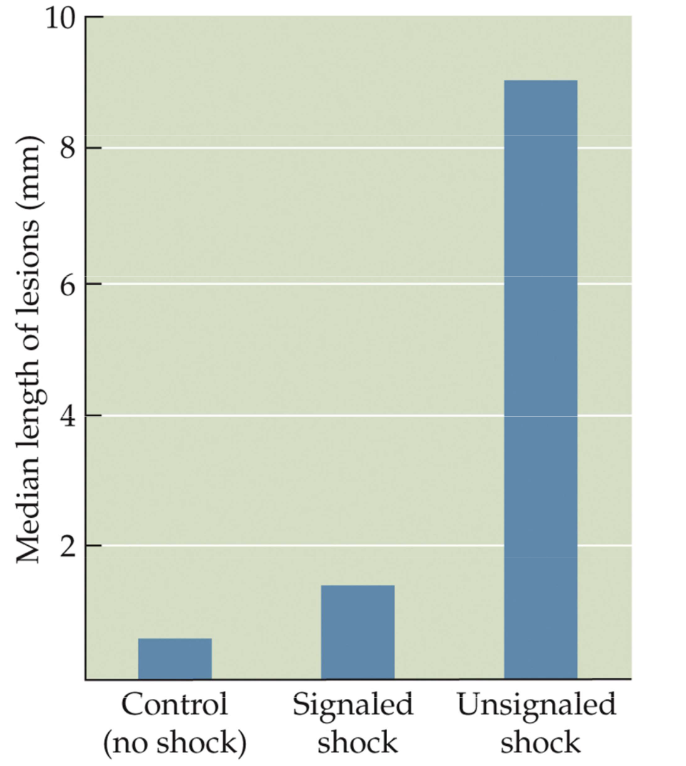PSYC 132: Chapter 11
1/21
Earn XP
Description and Tags
Stress
Name | Mastery | Learn | Test | Matching | Spaced |
|---|
No study sessions yet.
22 Terms
Stress
Any significant disturbance of homeostasis
e.g. as by extreme temperatures or physiological factors
Stressor
Condition, agent, or other stimulus that causes stress to an organism
Stress Response
Suite of physiological and behavioral responses that help to reestablish homeostasis
Relatively nonspecific, i.e., many different stressors elicit a similar stress response
Allostasis
Physiological/behavioral process of getting back to homeostasis
e.g. being cold → shivering, putting on a sweater, changes in hormones and stored energy, etc.
Total cost of this is called allostatic load
Fight-or-flight response
Automatic and endocrine responses that prepare an individual to battle or flee from real or perceived attack, harm, or threats to survival
Coined by Walter Cannon
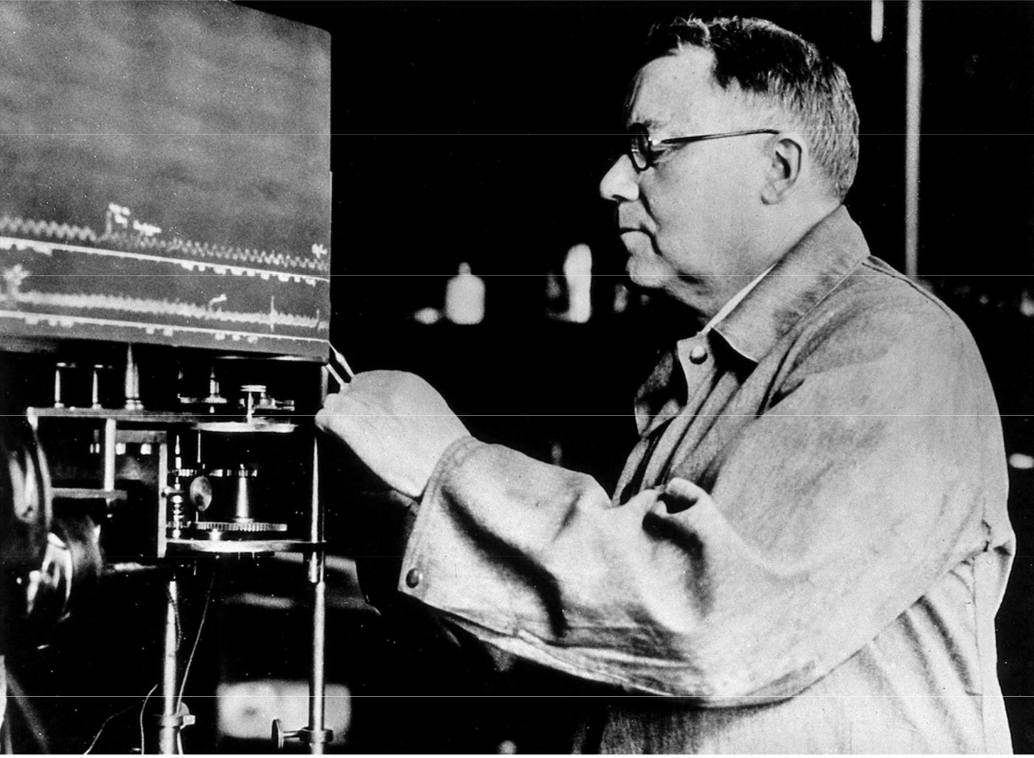
Fight-or-flight: hormones
Epinephrine and norepinephrine increase blood glucose, oxygen, and alertness
Epinephrine usually acts first
A doubling of epinephrine can have substantial effects
Causes blood to be routed away from digestion and non-essential functions and routes it to the muscles
NE
must increase fivefold to have the same effects as epinephrine
Glucocorticoids
Don’t get released until minutes after a fight-or-flight response and increase blood glucose levels
Corticosterone in most rodents, birds, reptiles, and fish
Cortisol in most primates, large mammals, and carnivores
Epinephrine and glucocorticoids are known as the primary stress hormones and are released in response to almost any stressor
HPA (Hypothalamic-pituitary-adrenal) Axis
Complex and interactive system comprised of the hypothalamus, pituitary gland, and adrenal gland
Regulates stress responses
HPA function
Stress → stimulates release of epinephrine (E) from adrenal medulla and norepinephrine (NE) from the sympathetic nervous system
N and NE → stimulate hypothalamus to release corticotropin-releasing hormone (CRH)
Positive feedback
CRH → stimulate anterior pituitary to release adrenocorticotropic hormone (ACTH) and beta-endorphin
ACTH → stimulates adrenal cortex to release glucocorticoids
Glucocorticoids signal the hypothalamus and the pituitary to decrease CRH and ACTH release
Negative feedback
In all, the HPA axis has a negative feedback cycle
GAS (General Adaptation Syndrome)
Three-stage reaction to stress
Include alarm, adaptation (resistance), and exhaustion stages
Proposed by Hans Selye
Considered the founder of modern stress research
Believed that exhaustion phase was due to termination of the stress response but currently it’s believed that the exhaustion stage is the result of prolonged exposure to stress hormones
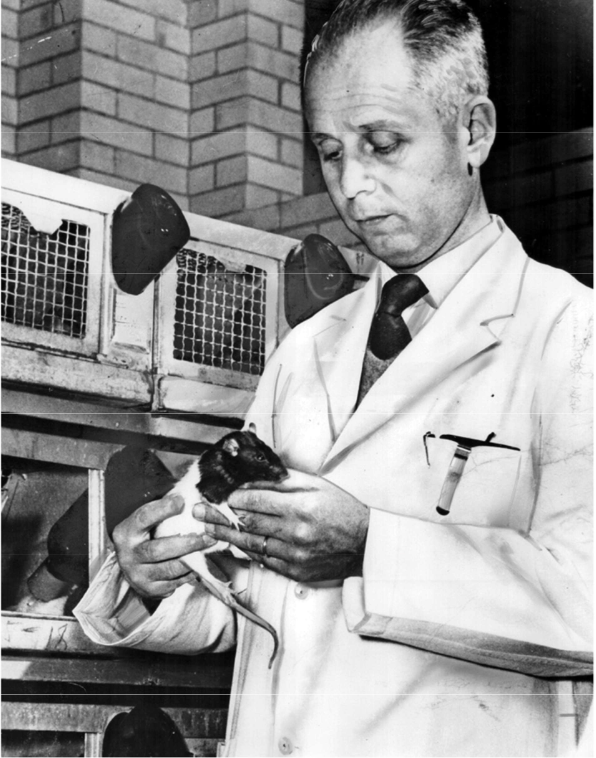
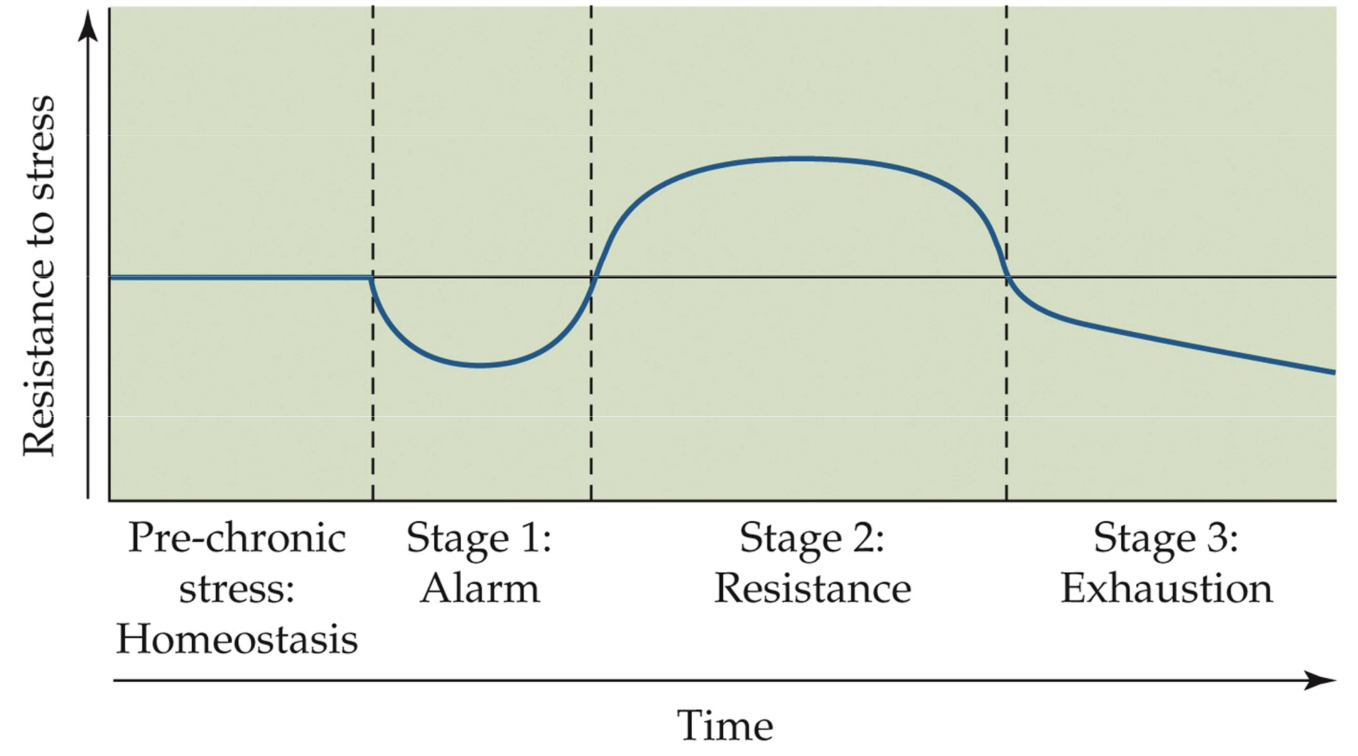
Fig. 11.8 GAS
Stage 1) Alarm
Decreased resistance to stress
Physiological systems may suffer
Stage 2) Resistance
Increased resistance to stress due to increased adrenal function
Resistance to other stressors decrease
Stage 3) Exhaustion
If stress is prolonged, physiological and behavioral coping mechanisms fail
Ultimately survival may be compromised
Adaptive (positive) features of acute stress response
Immediate availability of acute stress response
An increase in oxygen uptake
A decrease in blood flow in areas not needed for movement
Inhibition of digestion, growth, immune function, reproductive function, pain perception
Enhancement of memory and perception
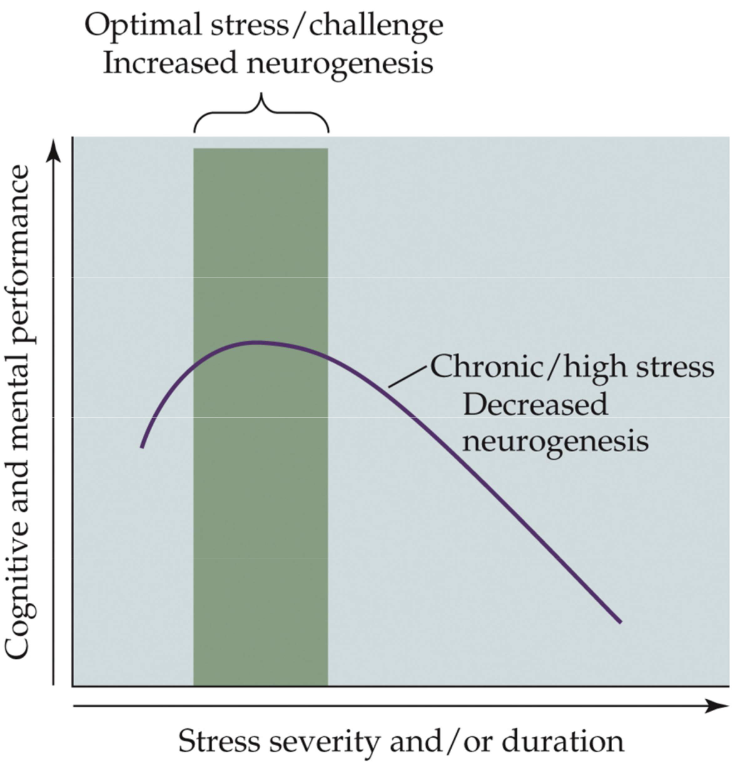
Fig. 11.13: Optimal levels of stressors
Maintain neurogenesis and cognitive function
Pathological (negative) features of chronic stress
Fatigue
Myopathy (i.e. muscle disorders)
Cardiovascular disease
Gastric ulcers (i.e. stomach ulcers)
Psychosocial dwarfism
Impotence
Anovulation
Compromised immune function
Potentially accelerated neural degeneration during aging
Where the dividing lines between efficient and excessive acute stress, and between acute and chronic stress is unclear
Status and stress
In some species, high-ranked individuals display pronounced stress response
In others, low-ranked individuals display pronounced stress responses
In a social hierarchy, indicators of stress tend to be state dependent rather than trait dependent
i.e. the relationship reflects an animal’s current position rather than future position
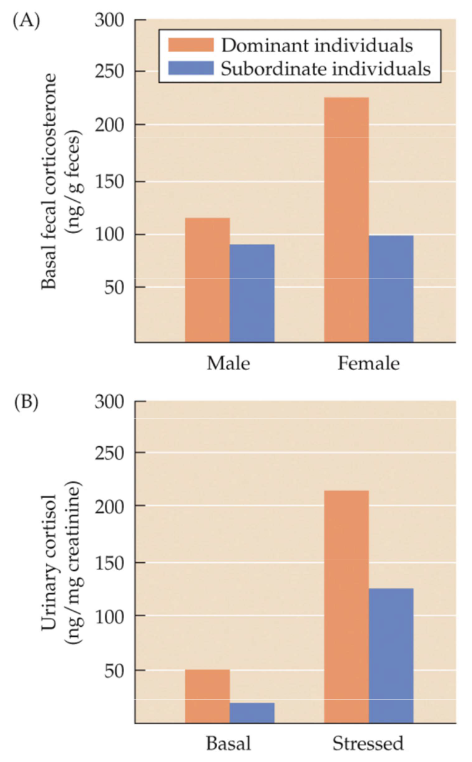
Fig. 11.17 Corticosterone concentrations in dominant wild dogs and mongooses
Dominant individuals appear to be more stressed than subordinate individuals in these two species
Fig. 11.31: African wild dogs
Only the alpha pair of each pack breeds
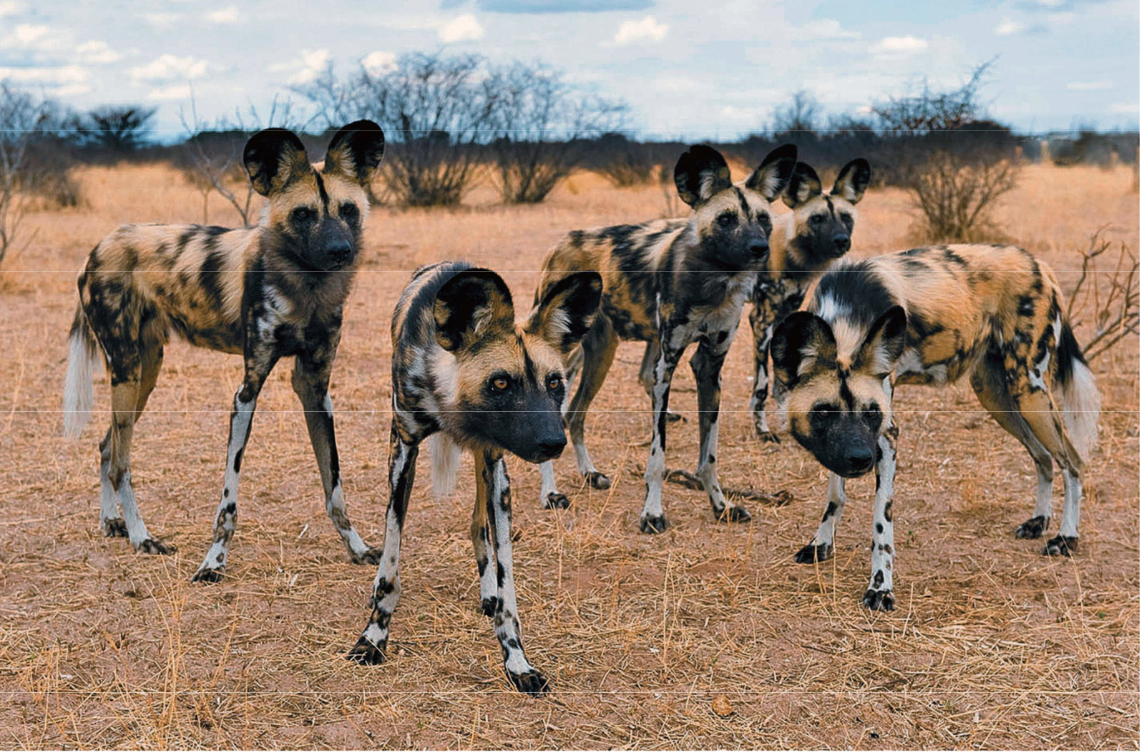
Development and Stress
Glucocorticoids have O/A effects on brain and behavior
E.g. Organizational effect
Stressed pregnant rats have offspring with permanently altered brain morphology (i.e. lack of sexual brain dimorphism) and behavior (i.e. failure to ejaculate even with normal levels of testosterone and LH)
Stressed human mothers, i.e. with elevated glucocorticoids, had children with reduced birth weights, developmental delays, social deficits, etc.
Also observed in rhesus monkeys
Post-natal exposure to mild stressors decreased the negative impact in adult rodents
Moderate or high stressors had opposite effect.
Contact comfort can serve as a powerful buffer against stress in nonhuman primate infants
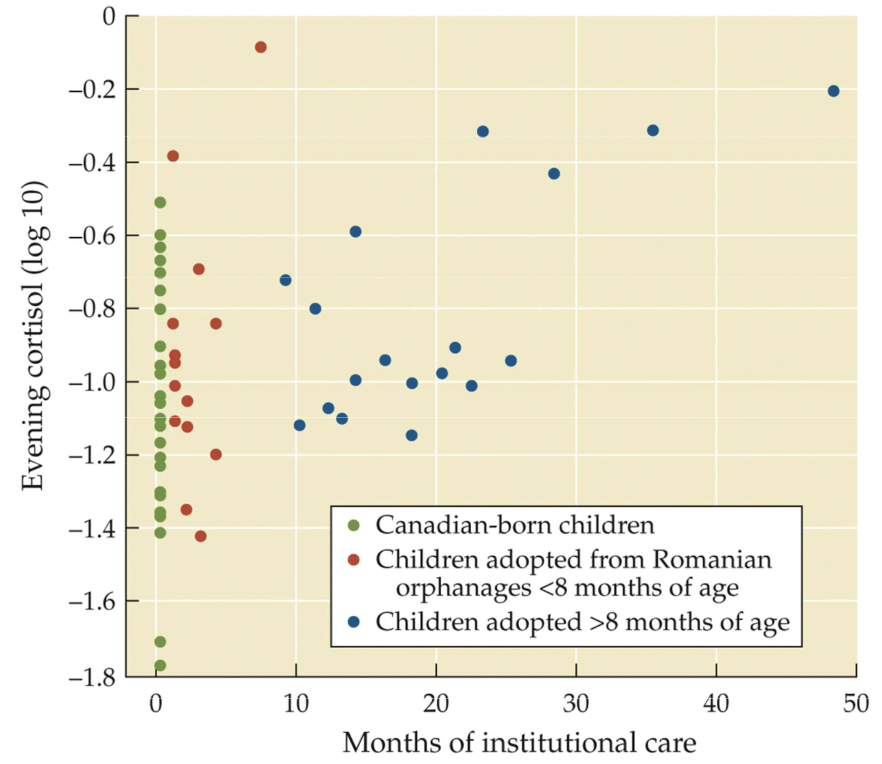
Fig. 11.23: Cortisol concentrations increase as a function of time in an orphanage
Children who spent any time are orphanages had higher cortisol levels than children who stayed with their birth family
The longer the children remained institutionalized, the higher their cortisol concentrations were 6 or more years later
Psychosocial dwarfism
Grouping of disorders of retarded growth caused by neglect and abuse; this syndrome is also termed failure to thrive
Characterized by:
lack of growth despite adequate nutrition
disruption of sleep cycles and GH secretion
absence of tissue responsiveness to exogenous GH
Distinguishes from hypopituitary dwarfism (treatment with GH restores normal growth
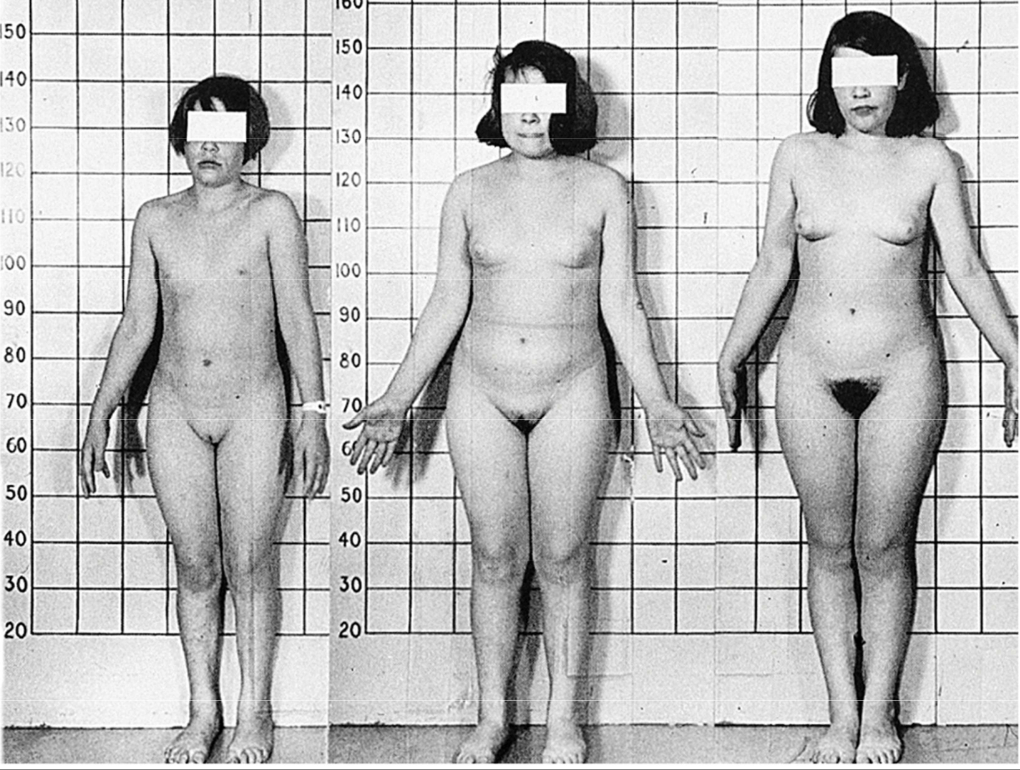
Fig. 11. 24: Psychosocial dwarfism
Left panel
15.3 years old
Height normal for a 9 year old
Displayed abnormal GH release, undetectable LH and FSH
Middle panel
16 years old
Living in foster care
Displayed significant GH release
Right panel
16.9 years old
Grown 27.5 cm
Reproduction and Stress
Stress impairs male sexual behavior (motivation and performance) by suppressing testosterone
Glucocorticoids can inhibit GnRH → lower LH and FSH release → lower testosterone release and spermatogenesis
Cortisol inhibits testosterone secretion in men by impairing testicular LH receptors
Stress impairs female sexual behavior by interrupting timing of neuroendocrine events for ovulation and sexual behavior
Can interrupt pregnancy or lactation
In sum, when resources are limited, reproduction is put on hold
Figure 11.29
LH pulses are less frequent in women who are long-distance runners
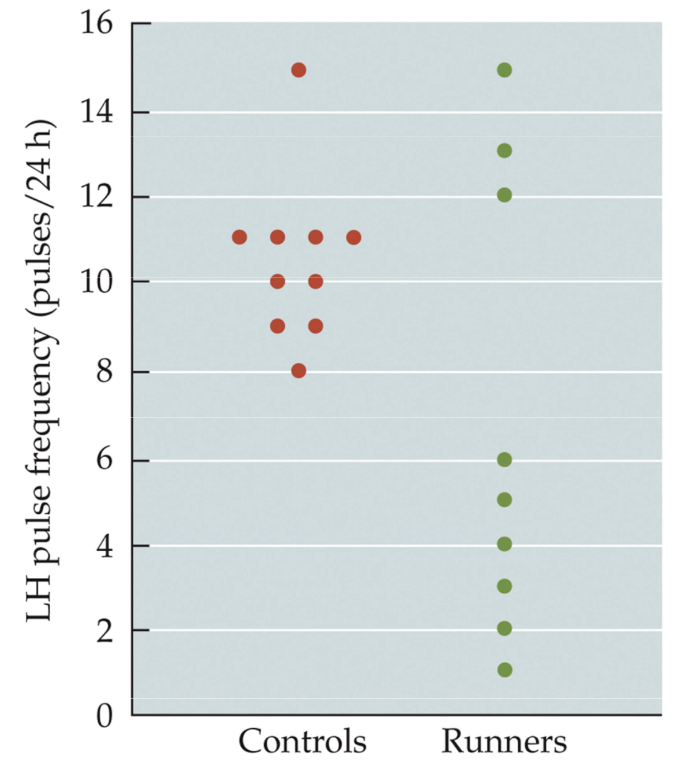
Crowding and Stress
Rodents confined to a cage and left to breed
Population increases quickly and significantly
Later, population crashed likely due to enlarged adrenal glands and likely died of excessive glucocorticoid concentrations
When caged alone with the same amount of space, rodent did not show the same stress effects
Psychological Factors
1) Control
Fewer stress-related pathologies if conditions can be controlled
2) Predictability
Stress that is predictable influences the stress response
(See image) Rats that heard warning bells before a shock had decreased lengths of gastric ulcerations
3) Coping
Therapies, hobbies, exercise
4) Habituation
Learning that a stressor is not as bad as it seems
